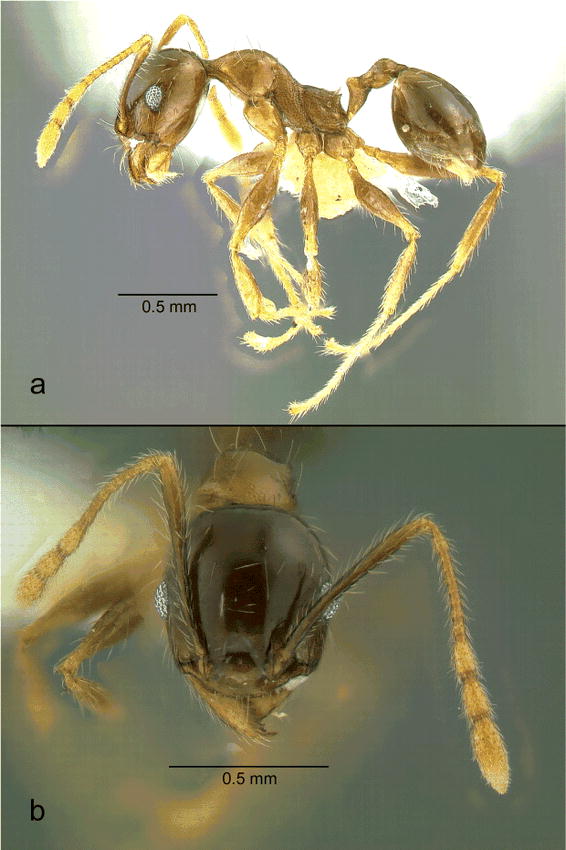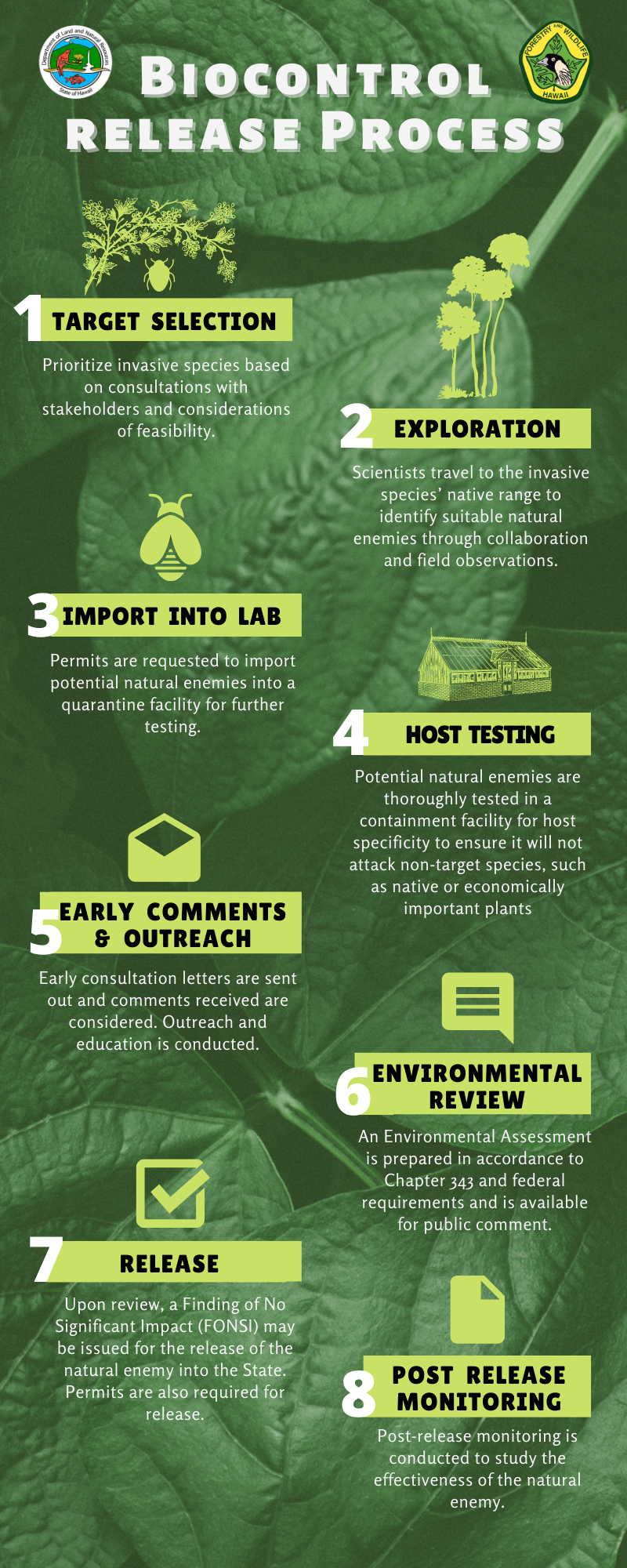
Additional cosmetic damage results from the deposition of black fecal droplets on fruit surfaces by feeding larvae and adult thrips. Bailey (1933) notes that in once instance up to 15% of pear fruit were damaged at an orchard in the Berryesa Valley, Napa County California in 1930. In the absence of leaves, thrips will feed on immature fruit which results in scarring and downgrading at packinghouses. This has been observed for heavily infested pear trees and following defoliation events new growth and immature fruit are subjected to “sun-scald” over summer and the tree productivity is not as vigorous the following season (Bailey 1933). Feeding damage is manifested as silvering on leaves, and when feeding damage is heavy, premature defoliation can occur. Bailey (1933) notes that larvae are responsible for more feeding damage than adults as they tend to be numerically superior on host plants, they are less active which results in larval feeding being limited to confined areas, and larvae tend to feed gregariously. Bean Thrips Feeding DamageĮconomic damage is caused by direct feeding injury by thrips larvae and adults.

These results suggest that females need to mate frequently to continuously produce female offspring from fertilized eggs. If once-mated females naturally live for more than 50 days, female offspring production ceases after about 30 days and only males are produced thereafter. Bailey’s (1933) breeding experiments in the lab indicated that female thrips that mate once and naturally live about 20 days stop producing female offspring after about 10 days and subsequent progeny are male only. Field populations of bean thrips have a sex ratio that is about 35% male and 65% female. Sex determination for bean thrips is similar to other thrips, unfertilized eggs produce male thrips and fertilized eggs result in female offspring. Following pupation, winged adults emerge from soil and likely fly back onto host plants to mate and feed. As second instar larvae reach maturity they abandon host plants to fall into the soil where they transition into propupae and pupae. Upon hatching from eggs, larvae feed and pass through two larval instars before reaching the propupal and pupal stages. Female thrips deposit eggs into leaf material.

#SHIPPING BIOCONTROL AGENTS INTO HAWAII SKIN#
Bean thrips adults and larvae feed mainly on mature leaves and occasionally the skin of immature fruit.

North American bean thrips (referred to here as bean thrips), Caliothrips fasciatus (Pergande) (Thysanoptera: Thripidae) are small insects (Figure 1) that were first collected from orange leaves in Yuba County California in 1894 (Bailey 1933).


 0 kommentar(er)
0 kommentar(er)
